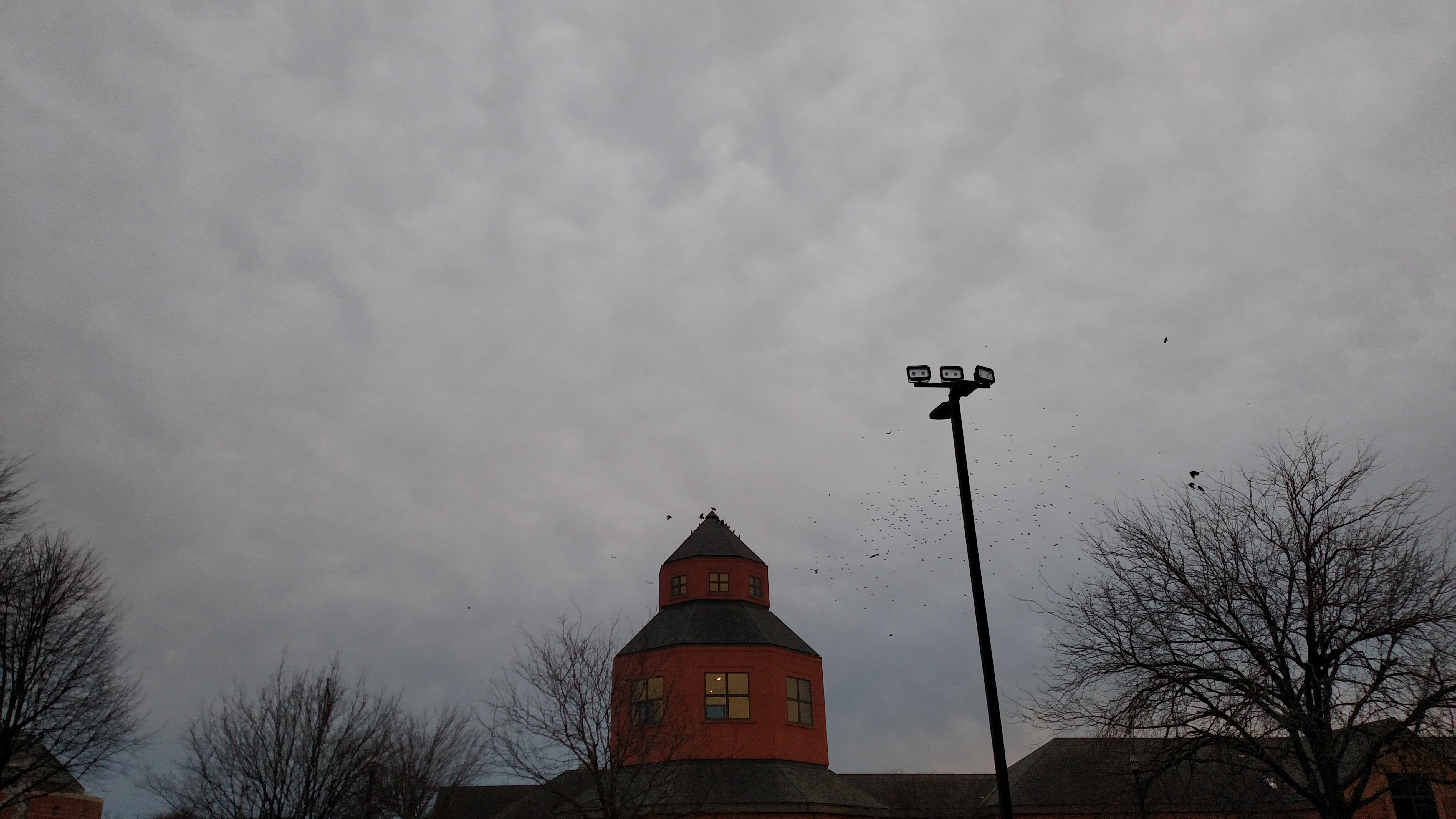On Modes and Moods:

This is the first installment on a series on modes, types of musical scales with unique characteristics, and how they can create the mood and feeling behind a song. There are seven modes and they are easily created when, by using for example a C major scale, one starts at a note other than C (Sticking to only the white keys on a piano for this example). Actually the Major scale (C or otherwise) is a mode called Ionian!
Today I wanted to talk about Dorian, one of my favorites. The Dorian Mode is very similar to the Minor scale (which is the Aeolian mode), but it is a little “less” minor. Here are the intervals for Dorian:
1-2-m3-4-5-6-m7-8(1)
example: DEFGABCD
So the above can be read as Root, major second, minor third, perfect fourth, perfect fifth, major sixth, minor seventh.
At first it looks like a minor scale but it has a major sixth thrown in there. The effect in my experience is that one can create a minor mood with a hint of “hope” with the major sixth shifting the mood slightly toward a Major feel, but not so much that it is distracting.
A great example of this is folk song Scarborough Fair. A beautiful song with a minor feel but has a major sixth showing up. In the line “Parsley, sage, rosemary and time” it shows up at the second syllable of “mary.” This gives a sad song just a bit of “lift” that dramatically changes the feel.
For you musicians out there, just pluck out that melody and when that syllable comes up replace it with a minor sixth (down a half step), it is very different, and just not the same. That one note makes a world of difference for the mood of the song.
This is a crash course and only begins to explain the concepts. Of course building from scales one can create Dorian chord progressions, but I will save that for another time.
Have a great day and don’t forget to not only live life, but FEEL it!